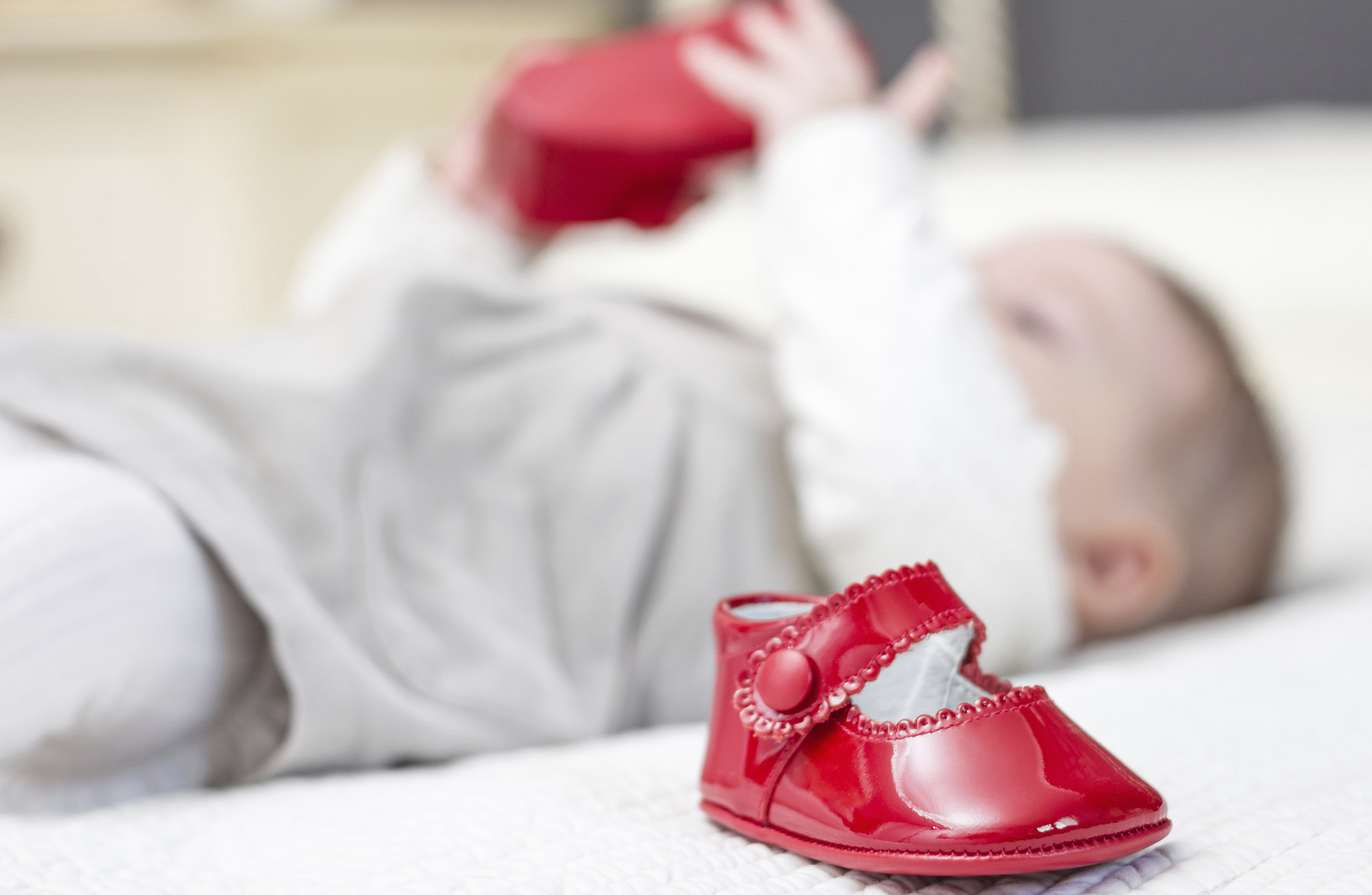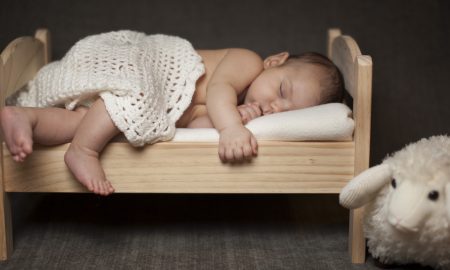In Soviet times, children's shoes did not please with a variety of assortment. Up to a year, the baby was content with self-knitted booties. Later, sandals were purchased for him, usually one pair. In the cold season, the child was shod in shoes or boots.
Children's shoes were in great short supply, carefully stored, passed on by inheritance. A kid dragging sandals bought “for growth” was found in every yard.
Nowadays, difficulties in buying shoes arise more often due to the abundance of the assortment. Moms have the opportunity to think about choosing the right model. There are several important factors to consider here.
First steps
When a child is just learning to move around the room, care should be taken to ensure that the foot has a good grip on the floor. Therefore, the sole on the first pair should be:
- non-smooth, elastic, durable.
If you've purchased some great tops and found them to be slippery, try sanding to fix the problem. You can also stick pieces of plaster or make small notches. At the same time, the sole should be soft enough so that crumbs can be felt through it.
Ease of movement
Pay attention to the weight of the shoes. Children's shoes should be light. If two weights hang on the baby’s legs, he will simply refuse to walk in them. Do not forget that it is already difficult for a child to master a new type of activity. Don't make it difficult for him.
Correct clasp
For children under 2 years old, it is Velcro. Your manipulations with shoes and sandals will take less time. In addition, its ease of use will allow the baby to quickly master the process of shoeing. Having learned how to handle Velcro, it will be possible to switch to buttons, laces and buttons.
Sometimes mothers are unhappy that this type of fastener is constantly unfastened, or even torn. In this case, we advise you to pay attention to how freely the leg fits in the selected model. A thick sock can create additional pressure, which leads to such problems. Replace it with a lighter one.
Seek advice from a doctor
Orthopedists can tell about the correct formation of the foot. They unanimously advise to pay close attention to the back. This part creates additional stability and protects the leg from injury. Therefore, in the right children's shoes, it is made thicker and denser than all other details. However, excessive stiffness can lead to foot deformity, not to mention the fact that the child will be uncomfortable.
That's why fitting is important before buying. Give the baby the opportunity to walk a little, watch his reaction. Pay attention to the inside seams. A slight roughness can injure delicate skin.
Material selection
Here we can only recall the well-known statement: the best is natural. Whether you prefer leather or textiles depends on the type of footwear and the material resources of the family. It is only worth noting that saving on shoes for a child is not the most rational option.
We advise you to pay attention to the quality of coloring. An unpleasant smell or stains remaining on your hands will prompt the right decision. According to statistics, most allergic reactions in children do not occur from proper nutrition, but from skin contact with harmful chemicals.
Finally, some helpful tips:
- For those who take the first steps, shoes or boots are not needed.
They only slow down the process. - Home slippers should not fall off your feet.
This is fraught with injury. - Make sure your shoes are not tight.
- Do not buy too big and spacious shoes "for growth." Everything has its time.
Katerina, for shop-ultra.ru








